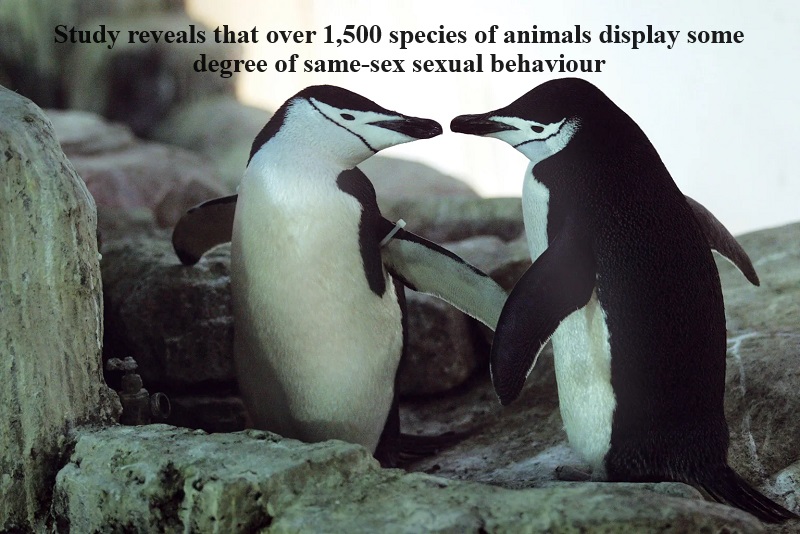
Same-sex behavior within the animal kingdom has long been a source of fascination for scientists. Recent research, published in the journal Nature Communications, has provided new insights into the prevalence, evolution, and potential advantages of this behavior. It was revealed that more than 1,500 species of animals, spanning from insects to mammals, have displayed some form of same-sex sexual behavior. Among these, non-human primates stand out, with over 50 species frequently engaging in such behaviors.
The study delved into the evolutionary origins of same-sex sexual behavior, highlighting that it is more likely to be observed in social species. This suggests that it may have evolved as a mechanism to establish and maintain positive social relationships within animal groups.
According to Jose M. Gómez, a study author and behavioral ecology researcher at Estación Experimental de Zonas Aridas (EEZA-CSIC) in Spain, there is a statistical association across species between same-sex sexual behavior and social behavior for both males and females, as well as intrasexual aggression among males. This implies that same-sex sexual behavior might serve as an adaptation to manage male-to-male aggression.
Same-sex sexual behavior offers numerous advantages in more than 250 mammal species. Vincent Savolainen, a professor of organismic biology, explained that it can facilitate the formation of coalitions among individuals, elevating their status within a group. This, in turn, grants them greater access to potential mates and enhances their overall reproductive success.
Surprisingly, the research found that same-sex behavior does not hinder opposite-sex reproduction and, therefore, does not limit the number of offspring produced by a population.

Post Your Comments